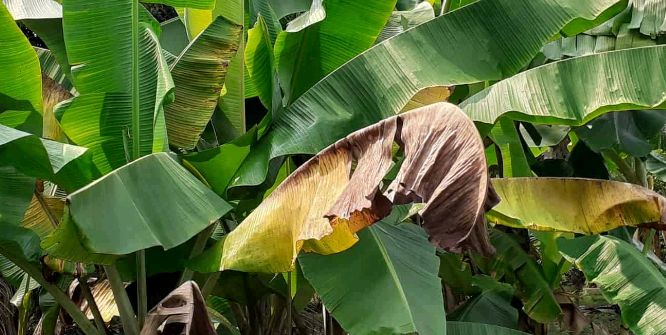Nurses Pasco on Urinary system MCDS Examination
Choose the best options for each of the following objective questions. Nurses Pasco on Urinary system MCDS Examination Questions and answers.
1. The urinary bladder is lined with which epithelium?
A. Stratified squamous epithelium
B. Pseudostratified columnar epithelium
C. Transitional epithelium
D. Simple columnar epithelium
Answer: C . Transitional epithelium
2. Which of the following is a function of the kidney?
A. Regulates blood pressure and pH of the body
B. Filters waste from the blood
C. Regulates body’s electrolytes concentration
D. All the above
Answer: D. All the above.
3. Features of nephrotic syndrome are.
A. Oedema.
B. Proteinuria.
C. Hypoalbuminemia.
D. All the above
Answer: D. All the above
4. Cystitis is the inflammation of
A. Gall bladder
B. Urinary bladder
C. Cyst.
D. Liver.
Answer: B. Urinary bladder
5. Macular densa cells are in what part of the nephron?
A. Bowman’s capsule
B. Glomerulus
C. Distal convoluted tubule
D. Proximal convoluted tubule
Answer: C. Distal convoluted tubule
Nurses Pasco on Urinary system
6. Macular densa cells concentrations is which of the following?
A. ADH.
B. Atrial natriuretic peptide
C. Sodium ions
D. Human growth hormone
Answer: C. Sodium ions
7. Which of the following cells types release rennin?
A. Extraglomerular mesangial cells
B. Macular densa cells
C. Alpha intercalated cells
D. Juxta glomerular cells
Answer: D. Juxta glomerular cells
8. Presence of which of the following in urine even in small amount is indicative of a possible problem in the renal system of a patient?
A. Urea.
B. Creatinine
C. Sodium
D. Glucose
Answer: D. Glucose
9. The renal system does not play a direct role in regulating which of the following?
A. Blood pressure
B. Blood solute concentration
C. Blood pH.
D. Blood temperature
Answer: D. Blood temperature
The renal system controls blood pressure, blood solute concentration and blood pH.
10. Micturition means?
A. Filtration of urine
B. Formation of urine
C. The action of urinating
D. All the above.
Answer: C. The action of urinating
Nurses Pasco on Urinary system
11. The renal corpuscle is composed of?
A . Glomerular and bowman’s capsule
B. Glomerular and collecting duct
C. Bowman’s capsule and urethra
D. Bowman’s capsule and ureter
Answer: A glomerular and bowman’s capsule
12. The glomerular filtrate becomes more dilute as it moves through the ascending loop of Henle. Why?
A. The ascending loop of Henle is permeable to ions but impermeable to water.
B. The ascending loop of Henle is permeable to water but impermeable to ions.
C. The ascending loop of Henle is permeable to water and ions.
D. The ascending loop of Henle is impermeable to water and ions.
Answer: A. The ascending loop of Henle is permeable to ions but impermeable to water.
As glomerular filtrate moves through the ascending loop of Henle, the filtrate becomes more dilute because the ascending loop is permeable to ions but impermeable to water.
13. Which of the following is least likely to be present in the glomerular filtrate (the filtrate produced by the nephron before it enters the loop of Henle) of a healthy adult nephron?
A. Electrolytes
B. Amino acids
C. Large molecules weight proteins
D. Glucose
Answer: C. Large molecules weight proteins.
Glomerular filtrate consist of water, glucose, amino acids, urea,, creatinine, and solute like; sodium, chloride, calcium, potassium and bicarbonate ions.
14. Urine is formed in a three-step process; which of the following gives the correct order in which these steps take place in the nephron?
A. Tubular secretion, tubular reabsorption, glomerular filtration
B. Tubular reabsorption, tubular secretion, glomerular filtration
C. Glomerular filtration, tubular reabsorption, tubular secretion
D. Glomerular filtration, tubular secretion, tubular reabsorption
Answer.C. glomerular filtration, tubular secretion, tubular reabsorption
15. How many nephrons does the average adult kidney contains?
A. 10.
B. 1,000
C. Roughly 10, 000
D. Roughly 1,000,000
Nurses Pasco on Urinary system
16. Which of the following anatomical portion of a nephron connects the Bowman’s capsule to the loop of Henle?
A. Connecting tubes
B. Proximal convoluted tubule
C. Distal convoluted tubule
D. Connecting ductility and then
Answer: B. Proximal convoluted tubule






